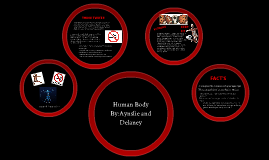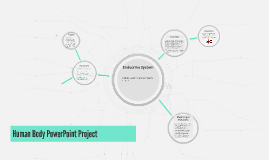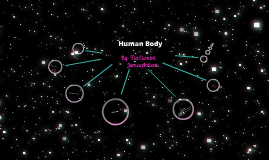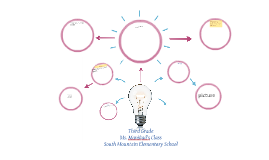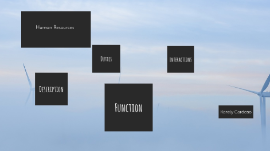human body
Transcript: .It's impossible to sneeze with your eyes open KEEP FIT .Relative to size, the strongest muscle in the body is the tongue. Cigarette smoking may look sophisticated and cool, but it leaves you with bad-smelling breath, skin, hair and clothes. People around you also end up smelling like cigarette smoke even if they are nonsmokers. Smoking also stains the teeth, causes gum disease and premature wrinkling of the skin. .The average life of a taste bud is 10 days THINK TWICE!! you need plenty of sleep. .When you sneeze, all your bodily functions stop even your heart. Physical exercise helps you in developing and maintaining physical fitness. It also improves alertness and overall health. It gives strength to your muscles, and helps in maintaining a healthy weight. Frequent and regular physical exercise boosts up your immune System and helps to prevent various diseases, such as, heart disease, diabetes, high blood pressure, bone diseases, etc. Moreover, exercising prevents depression and improves mental health by relieving stress and anxiety. Doing exercise keeps you flexible and agile; it also increases your strength and stamina. You can also enjoy sound sleep by exercising regularly. Acute Physical Effects •Increased heart rate and skin temperature; •Impaired muscle control causing poor coordination, slurred speech, impaired motor skills; •Dizziness, vomiting, vision problems; and •Loss of consciousness, respiratory arrest and death. •Over 60 percent of admissions to emergency rooms are either directly or indirectly due to drug or alcohol usage. •Over 50 percent of all traffic accidents involve the use of drugs or alcohol, with many of these being fatal. Human Body By:Aynslie and Delaney EXCERSIZE An adult has fewer bones than a baby. We start off life with 350 bones, but because bones fuse together during growth, we end up with only 206 as adults. FACT'S






